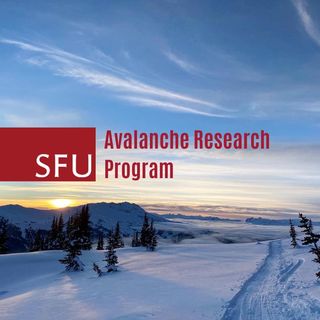Introduction
Guests and guides partaking in helicopter and snowcat skiing (collectively known as mechanized skiing) are exposed to numerous natural winter hazards that can result in injury or death, but detailed quantitative risk estimates are currently lacking. This lack represents a considerable barrier for evaluating existing risk management practices and implementing evidence-based improvements.

